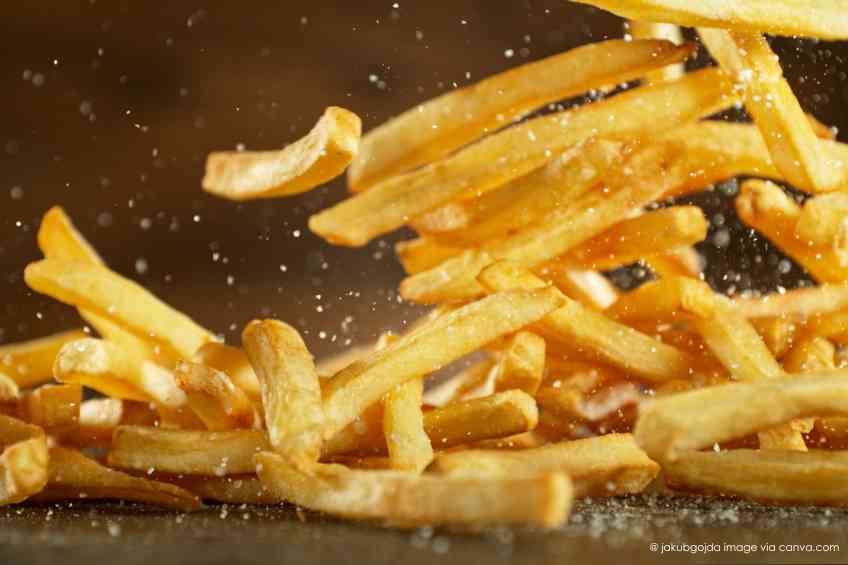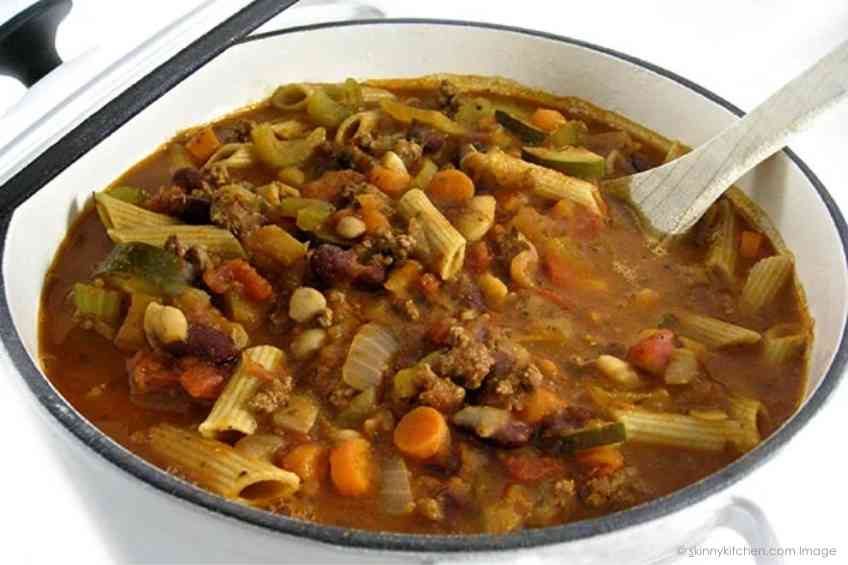By John Salak –
Maybe healthy living and losing weight isn’t entirely what a person eats as much as it involves how a person eats. At least, this is the dietary notion that is going viral thanks to the push by the Long Island registered dietician and nutritionist Nicolette Pace.Her surprising take? Baby diets are adult-friendly — offering simple, portion-controlled, nutrient-dense options that may be just what grown-ups need to reset their habits and rethink their relationship with food.
The approach doesn’t require stocking up on jars of Gerber’s baby food. Rather, success ultimately comes down to eating like a baby. This equates to eating often, like every two to four hours, and chewing slowly. And yes, what a person eats is an important component of the plan.
“A baby is the key to adult well-being,” Pace told The New York Post recently. “It’s remarkable that a baby without any life experience can give us a roadmap to live healthy.”
Pace explained to numerous media outlets that her program was developed after working with new moms and involves a few basic elements.
The first meal of the day should come one to three hours after waking up.
“It should include a solid protein source like eggs, cheese or yogurt, paired with a fibrous carbohydrate such as whole grains,” she noted. Fruit or vegetables can be added to the mix as well.
This meal should be followed a few hours later with a vegetable-based soup or a salad that includes beans and grains or the addition of meat. A hearty starch like bread and a serving of fruit should be included to promote energy.
It is also important not to go munch-less until dinner, which would only lead to overeating. Instead, Pace recommends indulging in a “mini-meal” of fruit, cheese or a protein smoothie.
Dinner should follow about four hours later and includes cooked vegetables, perhaps a salad, a meat-based protein and some form of potatoes, beans or whole-grain pilaf.
Eating doesn’t stop there. A couple of hours before hitting the sack, a nighttime snack is in order. Think a banana with milk, high-fiber cereal with soy milk or yogurt or even tea or cocoa.
Two other bits of advice from Pace. Don’t rush meals and chew slowly.
Admittedly, there is limited research to back up her program’s success, although some of its balanced elements mirror other well-respected diets. Regardless, the Pace plan is gaining widespread interest in the media and online.
At worst, it doesn’t seem harmful. At best, it may be sound advice that comes, in part, from the mouth of babes.













